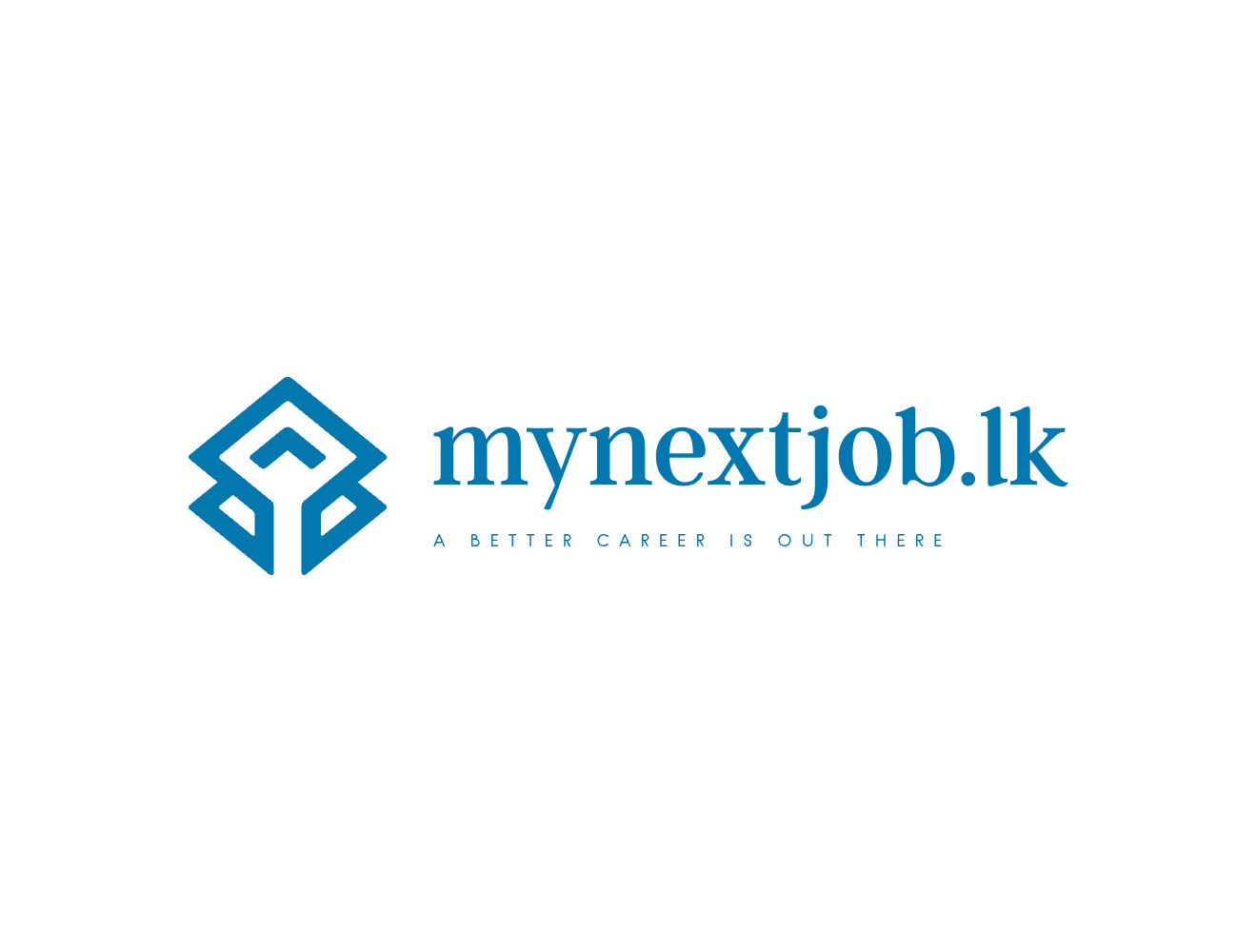Understanding the Importance of an Effective Job Description
A well-crafted job description serves as a cornerstone for the recruitment process, playing a pivotal role in attracting the right candidates. It offers potential applicants a transparent view of the responsibilities, qualifications, and expectations associated with the position, thereby aligning employer and candidate expectations. This alignment can significantly streamline the hiring process, ensuring that the pool of applicants contains individuals who are not only qualified but also genuinely interested in the role offered.
Conversely, poorly written job descriptions can result in various adverse consequences. For instance, if the information provided is vague or inaccurate, it may attract mismatched applicants who lack the necessary skills or experience. This mismatch can lead to a prolonged recruitment process as hiring managers may have to sift through numerous unsuitable resumes, delaying the identification of the ideal candidate.
Moreover, when job descriptions fail to clearly outline duties and responsibilities, new hires may experience a gap between their role expectations and the actual job requirements. This misalignment can result in higher turnover rates, as employees may feel dissatisfied or unfulfilled when their daily tasks differ significantly from what was advertised. High turnover not only adds to the recruitment costs but also disturbs the cohesion within teams, affecting overall productivity.
Furthermore, clear and precise job descriptions are vital for setting performance standards and conducting evaluations. When the scope of the role is well-defined, employees have a clear understanding of what is expected of them, leading to improved performance and job satisfaction. For employers, this clarity facilitates more effective monitoring and assessment of employee performance, contributing to better career development and organizational growth.
In essence, the significance of an effective job description extends beyond the hiring phase. It forms the foundation for a successful employment relationship, enhancing the recruitment process’s efficiency and improving overall workplace dynamics. Consequently, investing the time and effort to create a detailed and accurate job description can yield substantial long-term benefits for both employers and employees.
Key Components of a Comprehensive Job Description
When crafting job descriptions, it is imperative to include key components that offer a clear and consistent outline of the role. These essential sections serve to inform prospective candidates about the job and ensure they understand the requirements and expectations. A well-structured job description can significantly enhance the human resources process by attracting suitable candidates and minimizing misunderstandings. Below, we detail the critical elements of a comprehensive job description.
Job Title
The job title is the first point of contact between the candidate and the company. It should be precise and reflective of the primary responsibilities of the role. An accurate job title attracts relevant candidates and sets the tone for the job description. Using industry-standard terminology can help in aligning the job with the candidate’s expectations.
Job Summary
The job summary provides a concise overview of the position. It typically includes the primary purpose of the role, its importance within the organization, and a brief outline of key duties. The goal is to give candidates a snapshot of what the job entails without overwhelming them with details. Clarity and brevity in this section are crucial.
Duties and Responsibilities
This section lists the core tasks that the candidate will be responsible for. It should be comprehensive yet clear, with each duty described succinctly. Prioritize the tasks by importance and frequency to give candidates an accurate picture of their potential daily activities. This clarity helps candidates quickly determine if they can meet the job’s demands.
Qualifications and Skills
Listing the necessary qualifications and skills is vital for ensuring that candidates possess the required expertise. This section should detail the educational background, technical skills, certifications, and experience needed to perform the job effectively. Be specific about must-have skills and qualifications to filter out unqualified applicants.
Work Environment
The work environment section describes the setting in which the candidate will work. This includes physical conditions, work hours, and any other relevant details such as travel requirements or remote work options. Providing a clear picture of the work environment helps candidates prepare and decide if the setting aligns with their preferences and circumstances.
Understanding and implementing these key components of a job description will lead to better candidate matches and streamlined human resources processes. Clear, consistent, and well-crafted job descriptions are essential tools for any organization in finding the right talent for the right roles.
Writing clear and concise job descriptions is essential for effective human resources management. A well-crafted job description not only guides potential candidates but also ensures the hiring process is streamlined and efficient. Here are some practical tips to create job descriptions that are both clear and concise.
Use Straightforward Language
Using straightforward language is paramount. Avoid complex words and industry jargon which can confuse or deter potential candidates. Instead, opt for simple words and phrases that are easy to understand. For instance, instead of saying “leverage synergies,” you could say “work together.” This approach ensures clarity and encourages a wider range of applicants to consider the job.
Be Specific About Job Duties and Qualifications
Being specific about job duties and qualifications is another vital aspect. Clearly outline the day-to-day responsibilities of the position and the skills required to fulfill these tasks. Detail actionable and measurable duties such as “coordinate weekly team meetings” rather than vague statements like “assist in team activities.” This helps potential candidates gauge whether they possess the necessary experience and skills for the job, thus reducing unsuitable applications.
Maintain Brevity Without Sacrificing Information
Brevity is crucial, but it should not come at the expense of important details. Effective job descriptions should be concise, typically no longer than 500-700 words, while adequately conveying essential information. Use bullet points for duties and qualifications; this not only makes the description easier to read but also highlights key aspects that candidates need to know.
Adopt an Inclusive Tone
Lastly, adopting an inclusive tone is key to attracting a diverse pool of candidates. Ensure that the language used in the job description is gender-neutral and free from any possible bias. Phrases like “we encourage applications from all qualified individuals, regardless of background” promote equality and can significantly enhance the appeal of the job to a broader audience.
Common Mistakes to Avoid in Job Descriptions
When crafting a job description, there are several common pitfalls that can hinder the effectiveness of the document. One frequent error is the use of vague language. Terms like “assist with” or “handle” do not provide enough detail about the role’s responsibilities. Instead, clearly articulate specific tasks and expectations to give potential candidates a precise understanding of what the job entails. For instance, instead of saying “assist with project management,” specify that the role requires “managing project timelines, coordinating team efforts, and overseeing project deliverable completion.”
Another mistake is overloading the job description with too many requirements. While it is essential to outline necessary skills and qualifications, inundating the description with an exhaustive list can be off-putting. Focus on the core competencies essential for the role to avoid deterring potential candidates who may feel underqualified due to overly stringent requirements.
Ignoring company culture is also a significant oversight. Job descriptions should not only focus on what the company needs but also convey what the company offers in terms of work environment and values. Highlighting aspects such as teamwork, innovation, or a supportive work-life balance can greatly influence a candidate’s decision to apply. Make sure to integrate details about the company’s mission and culture into the job description to align with the expectations of prospective employees.
Finally, failing to update job descriptions regularly can render them ineffective. As job roles evolve, so should the descriptions. Outdated job descriptions may include irrelevant responsibilities and miss critical new skills or industry changes. Regularly review and revise the content to ensure it accurately reflects the current scope of the role and the skills required. This practice keeps job descriptions relevant and more likely to attract qualified candidates.
By avoiding these common mistakes – using vague language, overloading requirements, overlooking company culture, and failing to update job descriptions – you can create clear, appealing, and effective job descriptions that attract the right talent for your organization.








